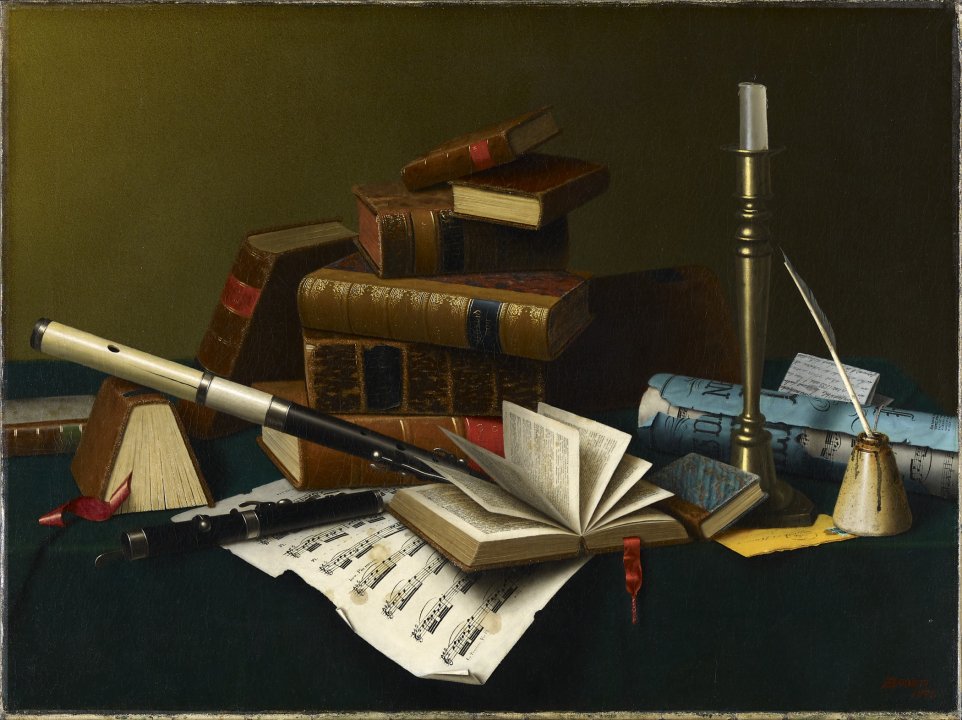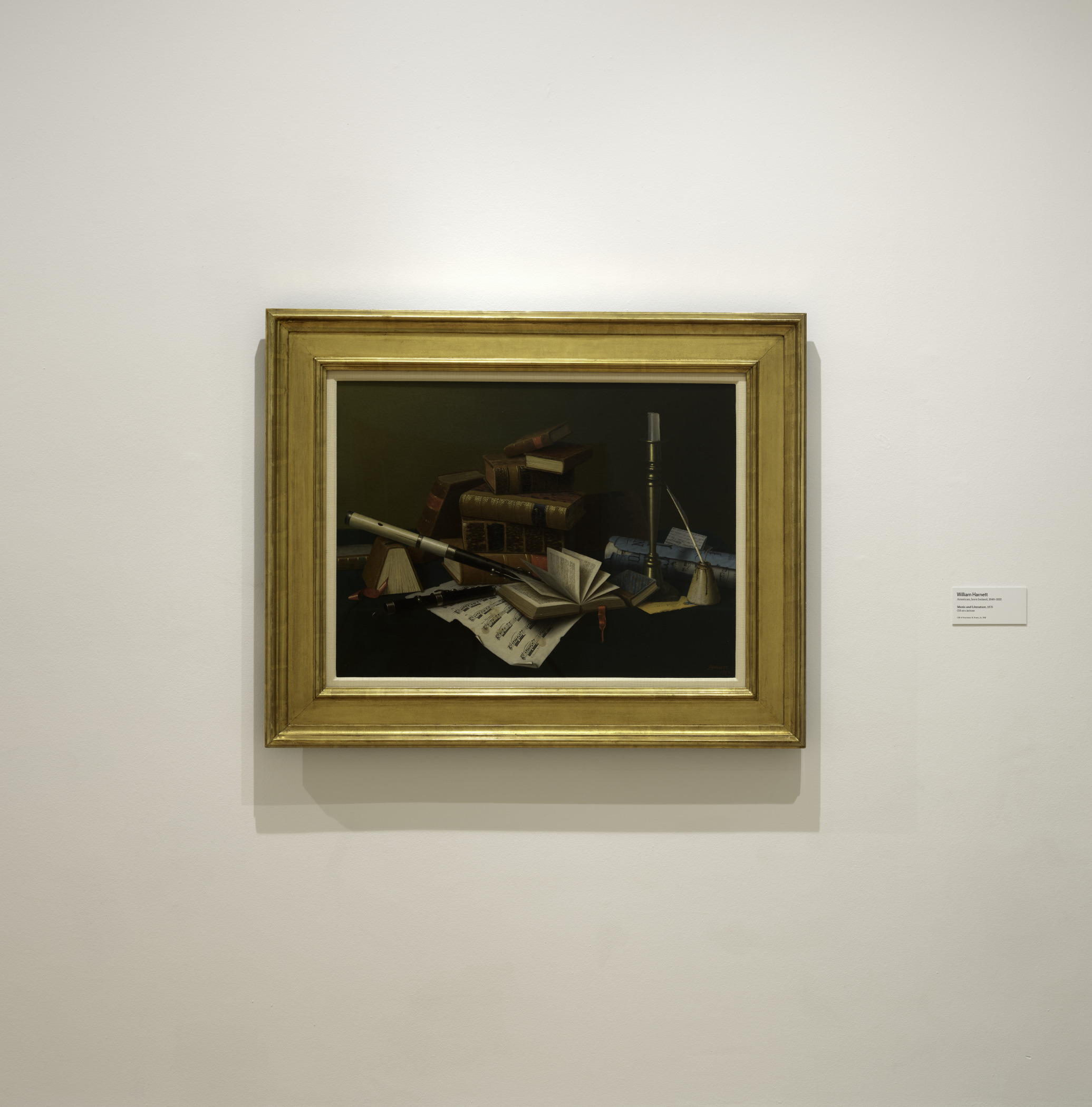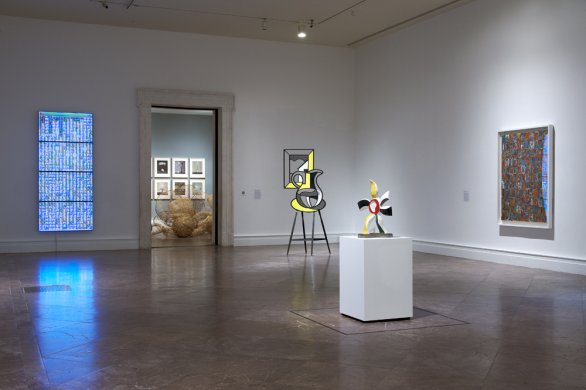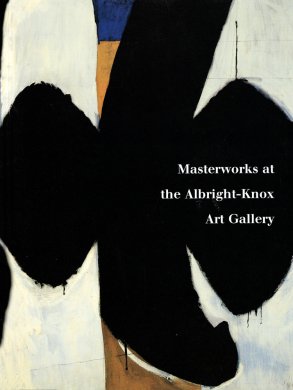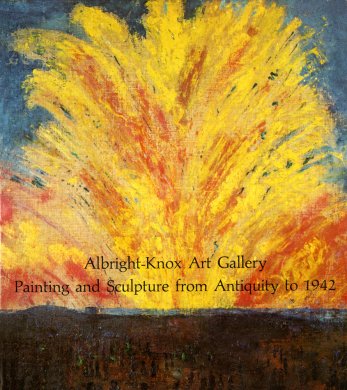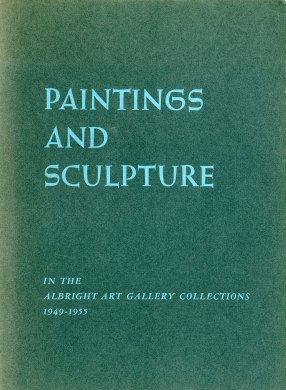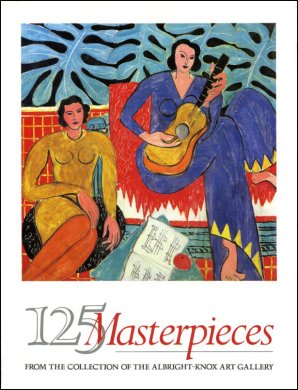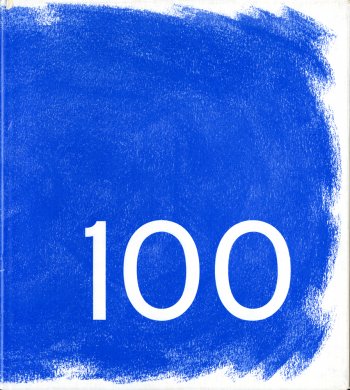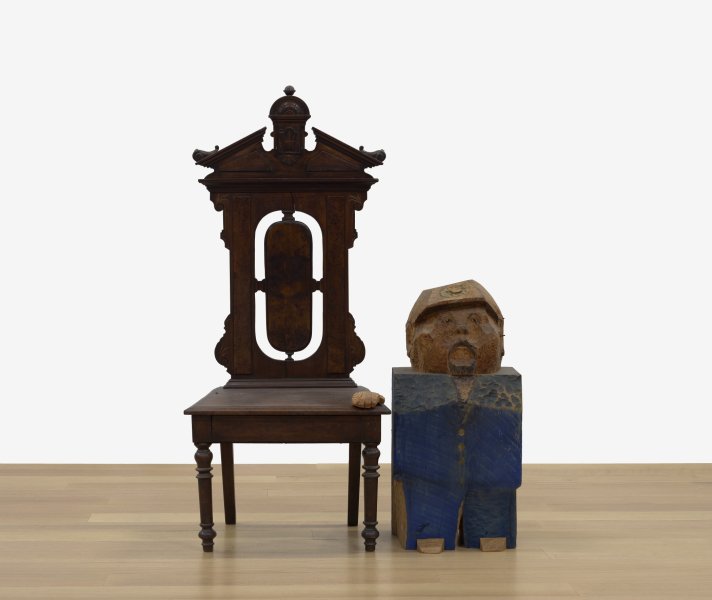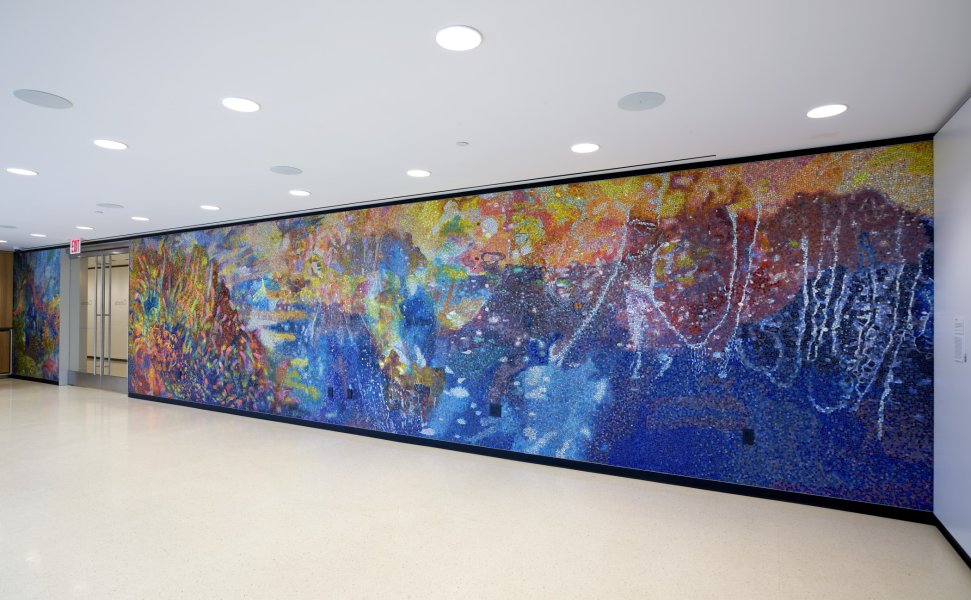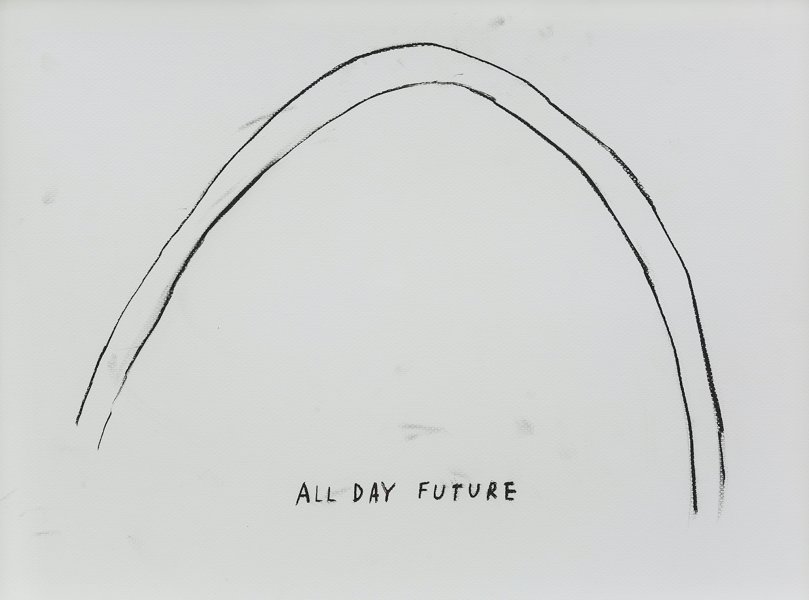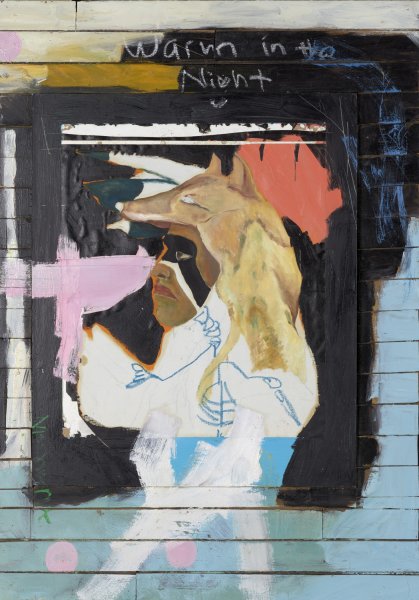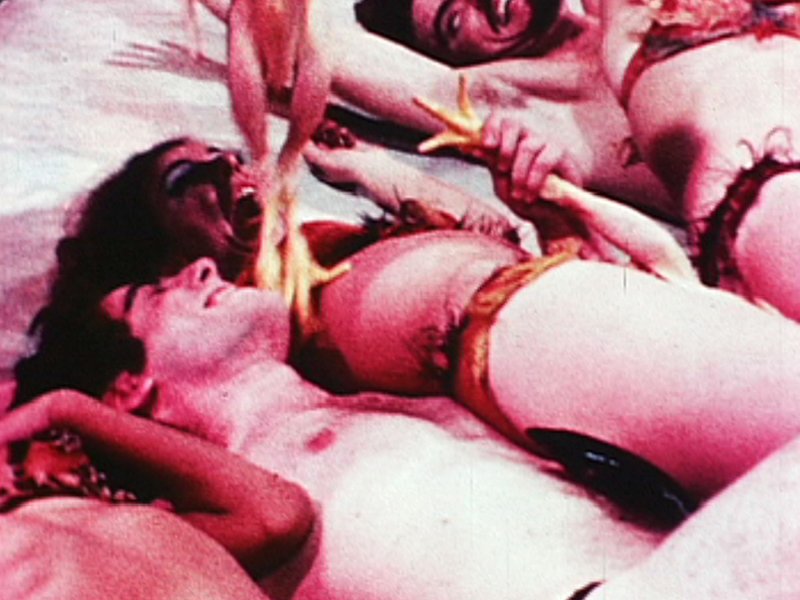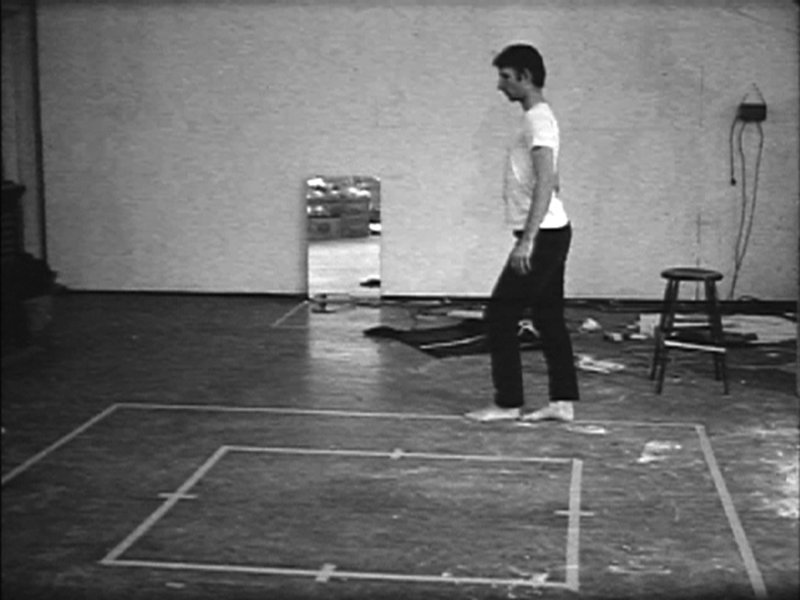William Michael Harnett
American, born Ireland, 1848-1892
Music and Literature, 1878
Artwork Details
Currently on View
Collection Highlight
Materials
oil on canvas
Measurements
support: 24 x 32 1/8 inches (60.96 x 81.5975 cm); framed: 31 1/4 x 39 1/4 inches (79.37 x 99.69 cm)
Collection Buffalo AKG Art Museum
Credit
Gift of Seymour H. Knox, Jr., 1941
Accession ID
1941:10
Following the end of the Civil War, still life painting became very popular in the United States. While critics did not recognize the genre as high art, works were commercially successful and prominently displayed in homes throughout the country. William Michael Harnett is considered one of the premier trompe l'oeil painters of the nineteenth century. In his works, everything is rendered highly realistically, right down to the smallest details. The artist's expert depiction of texture is evident in many of the objects in Music and Literature. These include tattered and stained sheets of music, books with worn leather covers, and a brass candlestick that appears to reflect the light. Harnett’s skill elevated his subjects, subsequently inspiring many artists who came after him to explore the technique as well. However, there is more to this painting than pure showmanship and mere artistic dexterity. The art forms of music and literature aid in preserving the past; therefore, Harnett specifically included the early seventeenth-century novel Don Quixote by Miguel de Cervantes (Spanish, 1547–1616) and the sheet music from the more recent opera La Traviata, composed in 1853 by Giuseppe Verdi (Italian, 1813–1901). Both, however, are worn with age, as are the other elements of the composition. The flute is cracked, and the candle almost completely burned down. All of these details add a note of melancholy to the painting, reminding us of the inevitable passage of time.
